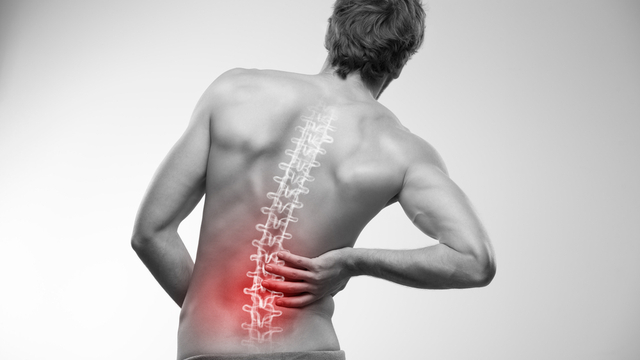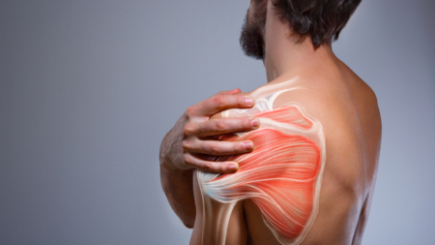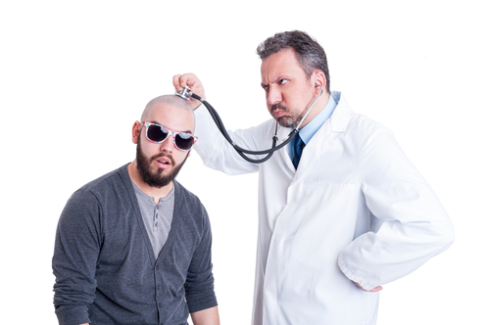7 Ways to Treat A Stiff Neck – Starting with the Fastest
Today, your rude awakening wasn’t the alarm clock.
It was your neck.
If you have some or all of these symptoms, you have a stiff neck:
- headache
- tense muscles or muscle spasms
- pain and difficulty or inability to turn the head
- general neck soreness
Let’s look at seven ways to treat it, starting with the fastest.
1. Take Over-the-Counter Pain Medicine
If you don’t have any time, taking a non-steroidal anti-inflammatory such as ibuprofen or aspirin can lessen the pain by reducing inflammation.
2. Try Self-Massage
Step one: Find the sore, tense area with whichever hand is closest. You may be able to feel a raised lump.
Step two: Press into the knot with one or more fingers. You can get creative and use a prop like a plastic lip balm or tennis ball instead of your fingers.
You may feel pain, but it should feel like the productive pain of a massage rather than sharp pain.
Step three: Turn your head slightly toward the side opposite the knot, then slowly bend it down toward a position parallel with your armpit.
Step four: Repeat steps two and three about 20 times, then gently stretch your upper back as you usually do when getting out of bed.
You can do this again throughout the day as needed.
3. Try Hot Therapy
Heat therapy can reduce pain by relaxing sore and tightened muscles.
An easy way to apply heat is to dip a towel in warm or hot water, ring it out, then wrap it around your neck for as long as it’s warm.
4. Try Cold Therapy
Cold therapy can reduce pain from pulled and tense muscles by lessening inflammation.
To make a cold pack, put something frozen or cold such as a small wet towel, bag of ice, or reusable plastic freezer pack, in a sealed plastic bag.
You may want to wrap a shirt or towel around the bag so that it doesn’t feel too cold against your skin.
Next, hold the pack against the sore area of your neck long enough to feel it get very cold or even numb (but not painful).
Heat or cold therapy alone can relieve pain, but the two can be even more effective when used together.
5. Get A Professional Massage
A massage therapist has the training to work the tension out and improve circulation in your sore neck.
6. Avoid Strenuous Physical Activity
Sometimes less is more.
Sit out from your regular exercise routine or sports participation, and cancel your appointment to help move furniture.
Resting your sore neck is the priority.
7. Visit A Pain Specialist
It’s time to visit a pain specialist when your pain and stiffness don’t improve after more than a day or two of self-treatment.
Pain specialists can identify whether a more serious underlying condition than tension or a pulled muscle is causing pain and discomfort in your neck.
Pain Relief in Dallas, Houston, San Antonio, and Outlying Areas
At Texas Pain Physicians, our team of pain specialists is here to help you find relief from the pain and stiffness.
With 16 locations in major Texas cities, chances are we are nearby you.
Feel free to call us at (972) 636-5727 or book an appointment online.










